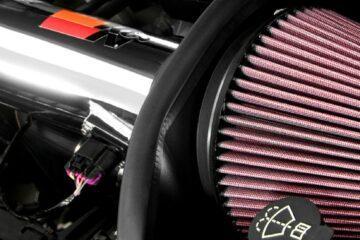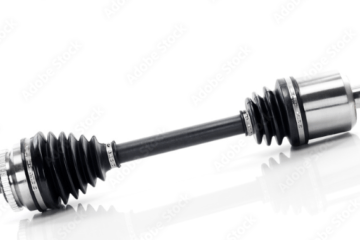A friend of mine who was born outside the US, and has done extensive traveling, once told me that outside of America, automatic transmissions are commonly referred to as “American transmissions.” That being said, manual transmission cars, while on the decline in this country, are still here, with no sign that they’re going to disappear entirely. Manual transmissions require different maintenance and repair than their automatic counterparts.
For the most part, a manual transmission is simpler to maintain. Unlike an automatic transmission, it typically doesn’t have a transmission filter or plumbing to a transmission cooler. That doesn’t make it maintenance-free, though. Fluid specifications and change intervals will differ, but for the most part, you’re going to want to change your manual transmission’s gear oil every thirty thousand miles (check your car’s maintenance schedule for the exact interval and fluid specification). For the most part, this is no more difficult than releasing the drain plug and catching the old fluid in a drain pan, then refilling from the top, usually through the dipstick tube.
Another wear item is your shift linkage bushings. These don’t get replaced on a regular basis, only when worn-out. But, since the shift lever gets moved for every single gear change over the lifespan of the car, the bushings here take a much worse beating than anything inside an automatic gear selector. Eventually, these bushings will wear out. The ones closest to the shift lever can usually be replaced by opening the center console, but others often need to be accessed from under the car.
Then, there’s the big item – your car’s clutch. The clutch, of course, resides between your engine and transmission, and engages every time you shift gears. You can prolong its life by shifting gently, but once again, it will eventually wear out. To replace it, you’ll need to separate the engine from the transmission. In some cars, the best way to do this is to simply remove the engine. In others, the transmission. In yet other cases, sometimes it’s easier just to remove the engine and transmission together and separate them out of the car. From there, you unbolt the clutch disc and pressure plate from the flywheel, have the flywheel resurfaced if necessary, and then install the new clutch. You’ll need a clutch installation tool to hold the clutch in place while the bolt on the pressure plate. While you have things apart, it’s also a good idea to replace your clutch release bearing.



